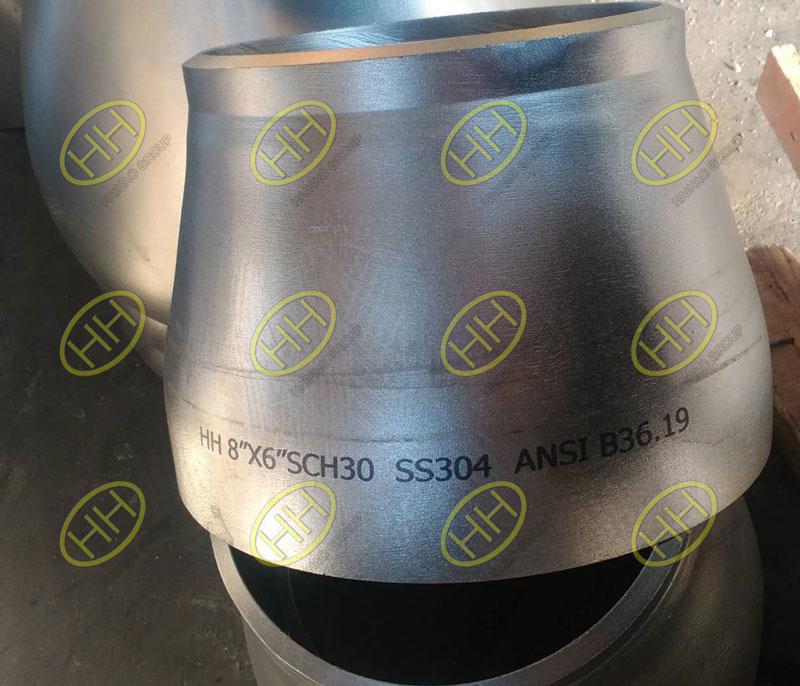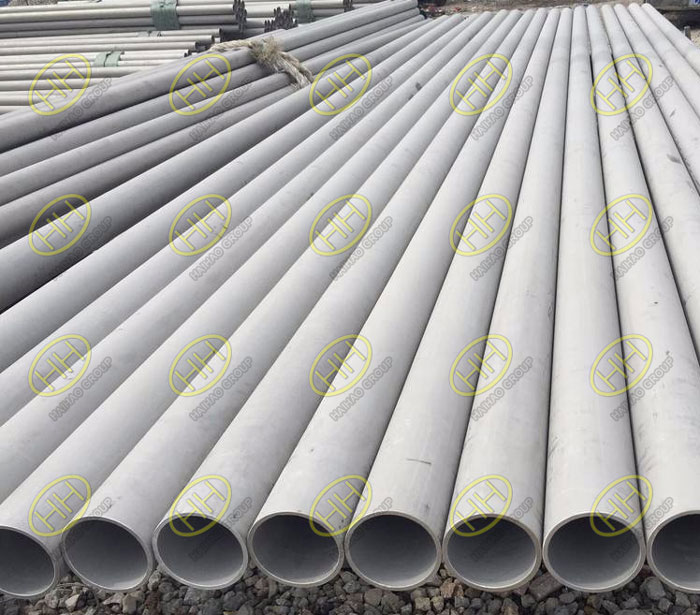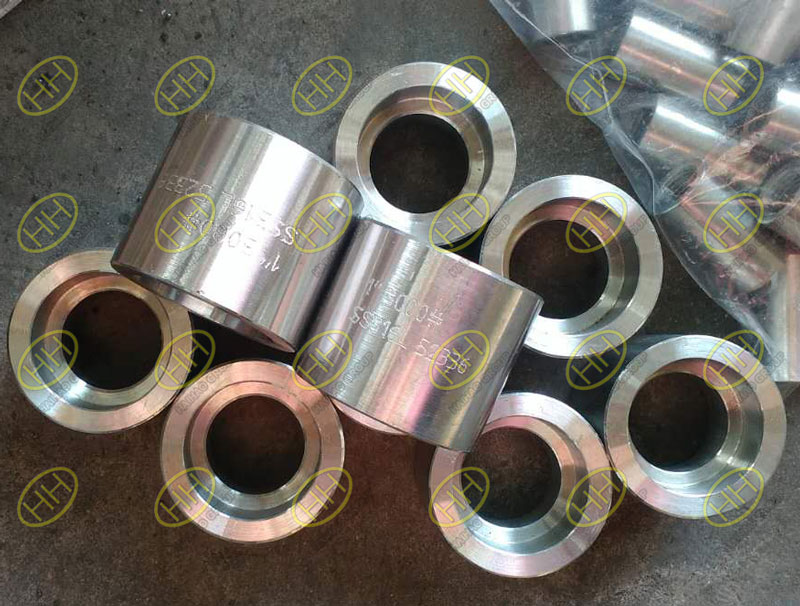Key differences between 304, 304L, 316, and 316L stainless steels
Stainless steel grades 304, 304L, 316, and 316L are widely used across various industries for their excellent properties. Here’s a focused comparison highlighting their key differences:
304 vs. 304L Stainless Steel
304 Stainless Steel:
Common Use: Most widely used stainless steel grade.
Properties: Good corrosion resistance, heat resistance, low-temperature strength, and mechanical properties. Non-magnetic, no heat treatment hardening.
304L Stainless Steel:
Variation: Low-carbon version of 304.
Properties: Similar to 304 but with superior resistance to intergranular corrosion, especially after welding or stress relief. Maintains good corrosion resistance without heat treatment.
316 vs. 316L Stainless Steel
316 Stainless Steel:
Common Use: Excellent in harsh environments due to molybdenum addition.
Properties: Superior corrosion resistance, especially against chlorides and sulfuric acid. Non-magnetic.
316L Stainless Steel:
Variation: Low-carbon version of 316.
Properties: Shares characteristics with 316 but with enhanced resistance to intergranular corrosion. Suitable for welding without subsequent annealing.
Summary of Differences:
Carbon Content:
304 vs. 304L: 304L has lower carbon content than 304.
316 vs. 316L: 316L has lower carbon content than 316.
Corrosion Resistance:
304 vs. 316: 316 has better corrosion resistance due to the addition of molybdenum.
304L vs. 316L: 316L offers better overall corrosion resistance, especially in chloride and sulfuric acid environments.
Intergranular Corrosion:
304L and 316L: Both low-carbon versions (L) provide superior resistance to intergranular corrosion, making them ideal for welding applications.
Applications:
304 and 304L: Suitable for general applications, including household items, construction, and automotive parts.
316 and 316L: Preferable for harsher environments like marine, chemical, and coastal facilities due to higher corrosion resistance.Understanding these differences ensures the appropriate selection of stainless steel grade based on specific environmental conditions and application requirements.





